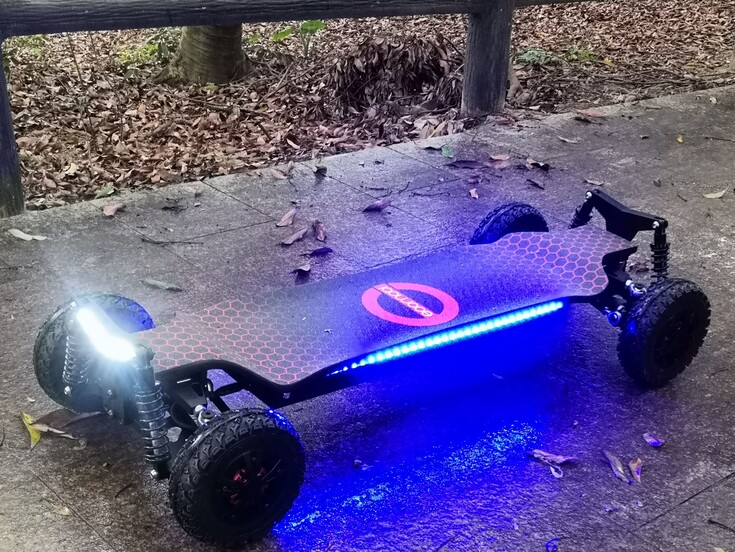Exploring the technology behind electric longboard skateboards
Body
Electric longboard skateboards have revolutionized the world of skateboarding. These skateboards have become immensely popular among skateboard enthusiasts due to their speed, smoothness, and efficiency. These longboards can reach speeds of up to 20-25 mph, which makes them the perfect vehicle for commuting and traveling short distances. Let’s explore the technology behind electric longboard skateboards.

Electric motors
The most important component of an electric longboard skateboard is the electric motor. These motors are responsible for propelling the skateboard forward. The electric motors used in these skateboards are usually brushless motors that are powered by lithium-ion batteries. These motors have a power output of about 500 to 900 watts, which is enough to reach top speeds of up to 25 mph.
Battery pack
The battery pack is the second most important component of electric longboard skateboards. The battery pack is responsible for powering the electric motor. Most electric longboard skateboards use lithium-ion batteries that have a voltage rating of 36V or 42V. These batteries take about 3-4 hours to charge fully and have a range of up to 8-10 miles depending on the terrain and riding conditions.
Remote control
Another important component of electric longboard skateboards is the remote control. The remote control is used to control the speed and direction of the skateboard. It usually has two buttons, one for accelerating and the other for braking. The remote control communicates with the motor controller, which controls the electric motor.
Motor controller
The motor controller is responsible for controlling the speed and acceleration of the electric motor. It receives signals from the remote control and adjusts the power output of the motor accordingly. It also controls the braking system of the skateboard.
Deck and wheels
The deck and wheels of an electric longboard skateboard are similar to that of a traditional longboard skateboard. However, the wheels are usually larger and softer, which provides a smoother ride. The deck is also designed to accommodate the battery pack and motor controller.
Safety features
Electric longboard skateboards come equipped with several safety features that ensure a safe riding experience. These include LED lights that improve visibility, brake lights that warn other riders and pedestrians when the skateboard is slowing down or stopping, and regenerative braking systems that recharge the battery pack while also slowing down the skateboard.
Conclusion
Electric longboard skateboards have become extremely popular among skateboard enthusiasts due to their speed, efficiency, and smoothness. These skateboards utilize brushless electric motors that are powered by lithium-ion batteries. The battery pack takes around 3-4 hours to charge fully and has a range of up to 8-10 miles depending on the terrain and riding conditions. The remote control is used to control the speed and direction of the skateboard. The motor controller controls the speed and acceleration of the electric motor. electric longboard skateboards also come equipped with several safety features that ensure a safe riding experience.










Comments